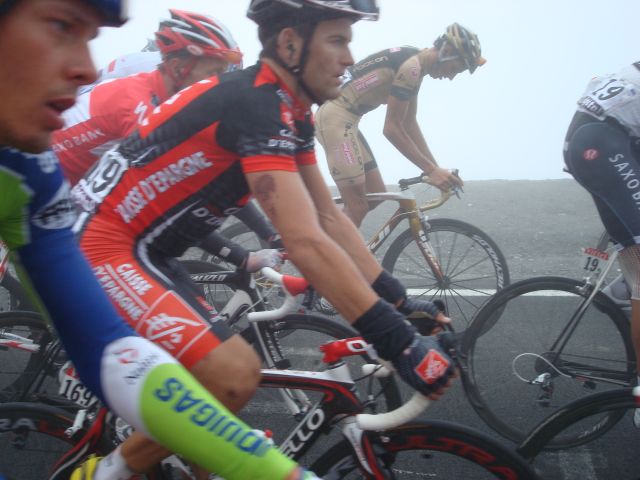On the eve of the 2012 Tour de France, the most prestigious annual race in professional cycling, Eric Niiler of Discovery News makes the argument that doping (the prohibited use of erythropoietin, anabolic steroids, human growth hormone, etc) has decreased. Niiler supports his argument, in part, by referencing data that indicates uphill riding times have been slower and red blood cell counts have been lower over the past decade.
The reduced times and numbers correspond with an increasingly vigilant war on performance-enhancing drugs (PEDs) in cycling. But the most interesting, and concerning, piece of data suggests that the number of crashes in the peloton has increased. The danger of pro cycling increased as doping decreased.
Perversely, supporters of anti-doping think that the increased number of crashes from exhausted riders is a good thing simply because it may reflect less doping. While the specter of cyclists suffering more and making more careless mistakes may lead anti-doping officials to congratulate themselves in their war on doping, it also suggests something that is often overlooked. Is it possible that doping makes the Tour de France “safer” for riders?
Neal Rogers, the editor of VeloNews.com, has observed an increased number of crashes in recent Tours. He has also noticed that riders has suffered more from exhaustion. And he believes the reduction in doping is directly to blame.
“Guys were cross-eyed and exhausted,” said Rogers. “It wasn’t the weather. It’s a cleaner peloton and (riders) are stretched to their limit.”
Few people have dared to suggest that doping can assist in the health of athletes in any way. In fact, anti-doping agencies, like anti-steroid advocates, typically argue that drugs should be banned from sports in order to protect the health of the athletes. In reality, the health concern is a mere afterthought to the morality of steroid use in sport. Even if steroids and PEDs could be used safely and/or new drugs with no side effects were developed, the use of PEDs would still be considered “bad” or “wrong”.
The discussion of doping is much more complicated that the typical discourse over whether it is healthy vs. unhealthy, good vs. bad or right vs. wrong.
The anti-doping movement can be about enforcing arbitrary and capricious prohibitions on the use of certain substances and methods.
But advocates should recognize that the goal of maximizing the health of athletes is not necessarily consistent with anti-doping objectives.

Photo credit: Millard Baker
Source:
Niiler, E. (June 29, 2012). Is the Tour de France Turning Around? Retrieved from http://news.discovery.com/adventure/tour-de-france-drugs-120629.html
Related Posts :
- Lance Armstrong May Be “Texan of the Year” Due to Steroid / Doping Scandal
- Italian Cyclist Blames Buttock Tumor on Performance Enhancing Drugs
- Cyclist Tammy Thomas Finds Hope in Religion and the Fitness Industry After Steroid Conviction
- Olympics Will Violate Own Rules if Lance Armstrong Stripped of Olympic Bronze Medal

